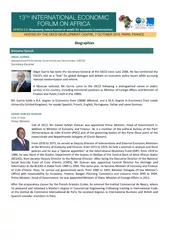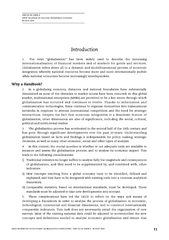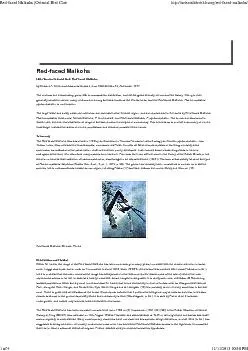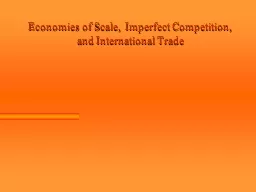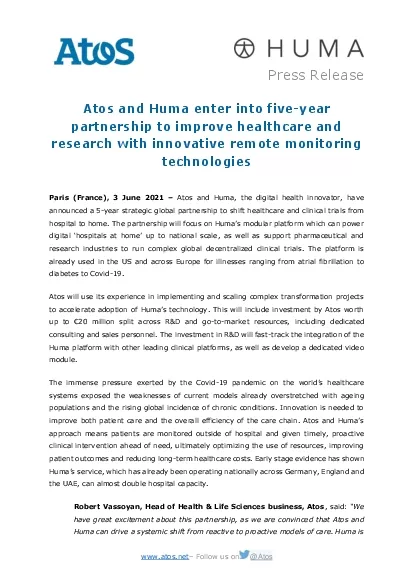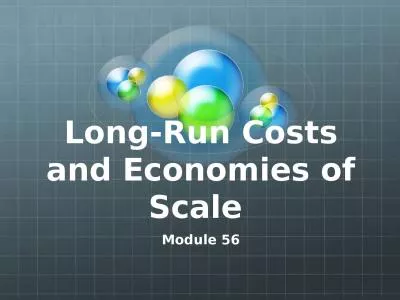PDF-OECD Indicators of Education Systems Indicators of Education Systems OECD Angel Gurra
Author : min-jolicoeur | Published Date : 2015-03-14
Education is a critical part of any response Knowledge increases both wealth and wellbeing university graduates in most countries earn more Our research shows that
Presentation Embed Code
Download Presentation
Download Presentation The PPT/PDF document "OECD Indicators of Education Systems In..." is the property of its rightful owner. Permission is granted to download and print the materials on this website for personal, non-commercial use only, and to display it on your personal computer provided you do not modify the materials and that you retain all copyright notices contained in the materials. By downloading content from our website, you accept the terms of this agreement.
OECD Indicators of Education Systems Indicators of Education Systems OECD Angel Gurra: Transcript
Download Rules Of Document
"OECD Indicators of Education Systems Indicators of Education Systems OECD Angel Gurra"The content belongs to its owner. You may download and print it for personal use, without modification, and keep all copyright notices. By downloading, you agree to these terms.
Related Documents


